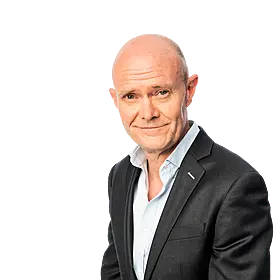Global Internet company Google is developing a new innovative radar technology. Project Soli is a new sensor that is capable of accurately tracking sub-millimetre gestures made at high speed, meaning subtle hand movement can be used to control electronic devices.
The company believes the new system has the potential to change how future devices are designed and used.
The project was unveiled last week at the annual Google I/O Conference by Google's Advanced Technology and Progress (ATAP) group. The tiny chip uses radar to monitor motions, allowing the chip to detect and react to minute gestures. The technology can then translate them into an action on an electronic device. This could potentially eradicate the need for physical interaction with electronic devices, such as buttons and knobs that are often found on phones and watches.
Project Soli can be used to control smart devices with radar
"Capturing the possibilities of the human hands was one of my passions," said Project Soli founder Ivan Poupyrev. "How could we take this incredible capability – the finesse of the human actions and using our hands – but apply it to the virtual world?”
Radar technology transmits a radio wave towards a target, and a receiver intercepts the reflected energy of that target. This energy can then be interpreted and translated into gestures on an electronic device.
Soli uses different gestures to control things like volume on an Internet-connected radio
"Radar has been used for many different things: tracking cars, big objects, satellites and planes," said Poupyrev.
"We're using them to track micro motions; twitches of humans hands then use it to interact with wearables and integrated things in other computer devices.”
This technology is already being tested in hardware applications by the ATAP group, and could easily be applied to digital radios, smartwatches, and medical devices. The radar sensor chip can be produced in large quantities and built into various devices and objects.
Google outlines the technology in the video below:
By Dylan Grimes Larkin









